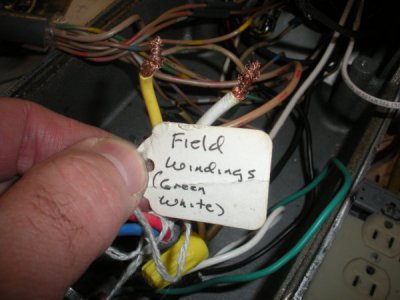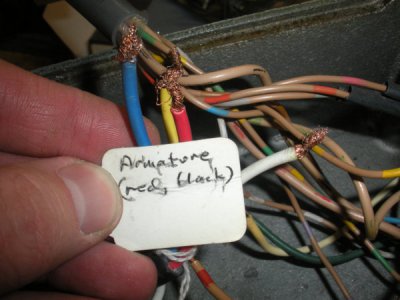- Joined
- Jun 12, 2014
- Messages
- 4,810
Checked the manual for the 6F, you are correct that the speed pot is specified as a log taper as opposed to linear, although I did read in another thread that there where some variations in the power feeds as to some using linear vs. log taper. The idea with a log is that you have better low speed control with a log, as opposed to linear. You should be able to determine the type used by the range on the speed scale (log would have closer spacing at the higher end). A 500 ohm log/audio taper pot in a sealed version is very uncommon. Another thing to consider is that often manufactures specify custom tapers for their pots, so I do a lot of audio tube tester repairs and many of the pots have unusual tapers/steps making them unobtainable.
They do sell replacements for$23. In either case, whether linear or log, it should make no difference as to the drive working, just the speed at a given dial position.
http://www.icai-online.com/6f-b-c-front-panel-housing/
http://www.ebay.com/itm/500-OHM-LOG...TENTIOMETER-LONG-SHAFT-53C1-NOS-/232472291144
They do sell replacements for$23. In either case, whether linear or log, it should make no difference as to the drive working, just the speed at a given dial position.
http://www.icai-online.com/6f-b-c-front-panel-housing/
http://www.ebay.com/itm/500-OHM-LOG...TENTIOMETER-LONG-SHAFT-53C1-NOS-/232472291144



